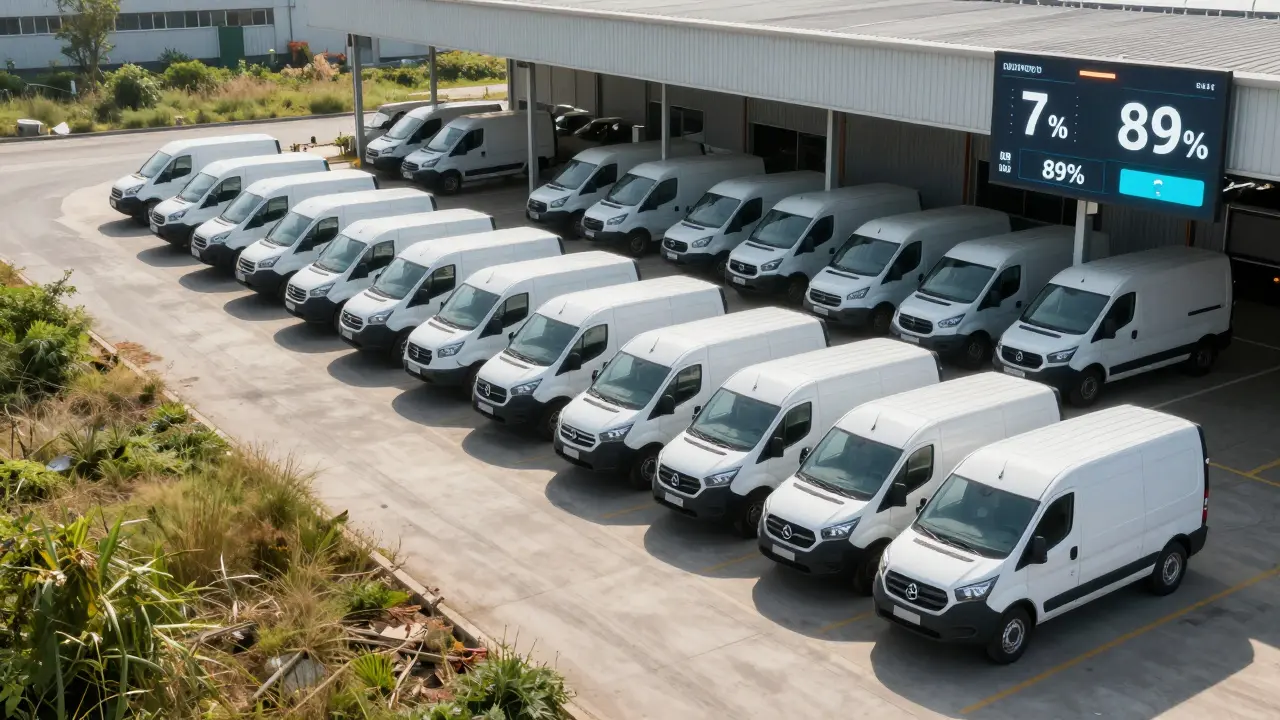Automobiles in the Digital Age
Cars are no longer just metal and gas — they're computers on wheels. Software, sensors, and connected services now shape safety, fuel use, repairs, and resale value. If you want to keep your ride reliable and up-to-date, you need to understand how digital trends change parts, maintenance, and buying decisions.
Automation and electric vehicles changed how cars are made and fixed. Robot-led assembly makes production faster, but it also creates new supply chains for batteries, chips, and electric motors. That affects which parts are easy to find and which ones become pricey. For example, replacing a high-voltage battery or a specialized sensor can cost much more than swapping brakes or filters.
Why this matters to you
Connected systems mean your car can warn you about problems before they get worse. Telemetry and on-board diagnostics let mechanics read error codes and update software without swapping parts. That saves time, but it also means a clear check-engine light could be a software update instead of a mechanical repair. Knowing the difference helps you avoid unnecessary parts purchases.
Tech also reshapes resale and value. Upgrading to OEM software updates or installing new infotainment modules can lift resale value, while neglecting battery health or failing sensors can sink it. If you plan to sell, keep digital records of updates and repairs. Buyers care about range, firmware status, and whether critical components have been replaced with genuine parts.
Quick practical tips
Start with the basics: keep software and firmware updated, check battery health if you drive an EV, and replace wear items like tires and brakes on schedule. Use reputable suppliers for parts—quality matters more when components talk to each other. When choosing aftermarket parts, confirm compatibility with your car’s software and sensors.
Find a mechanic who understands electronics as well as engines. Routine diagnostics should include a software scan and a physical inspection. Ask for diagnostic reports and save them. They are useful when tracking recurring issues or proving maintenance for resale.
Think green where it pays off. Eco-friendly parts and recycled components can lower environmental impact and sometimes cost less. But don’t sacrifice reliability: for safety systems and batteries, choose proven brands and proper certifications.
Finally, use reliable information. Read guides that explain which parts affect fuel efficiency, how manufacturing trends change availability, and how technology alters repair costs. This tag brings together articles on EVs, car parts, buying used cars, and sustainable options so you can make smarter choices on maintenance, upgrades, and purchases.
Want a quick next step? Start with a free software scan at your local shop, check your car’s update history, and bookmark a few articles here about the parts and trends that matter to your vehicle.
Explore linked articles here — read guides like 'The Ultimate Car Parts Guide' for parts basics, 'Electric Automobiles: Driving into the Future' for EVs, and 'Automobile Manufacturing Trends' to see how factories are changing. Bookmark this tag to follow updates on tech, parts, and green mobility and smart repairs.

Automobiles in the Digital Age: 2025 Trends in EVs, Autonomy, and Software-Defined Cars
What’s next for cars in 2025? Clear answers on EV vs hybrid, autonomy you can trust, software updates, subscriptions, charging, costs, and privacy-without the hype.




